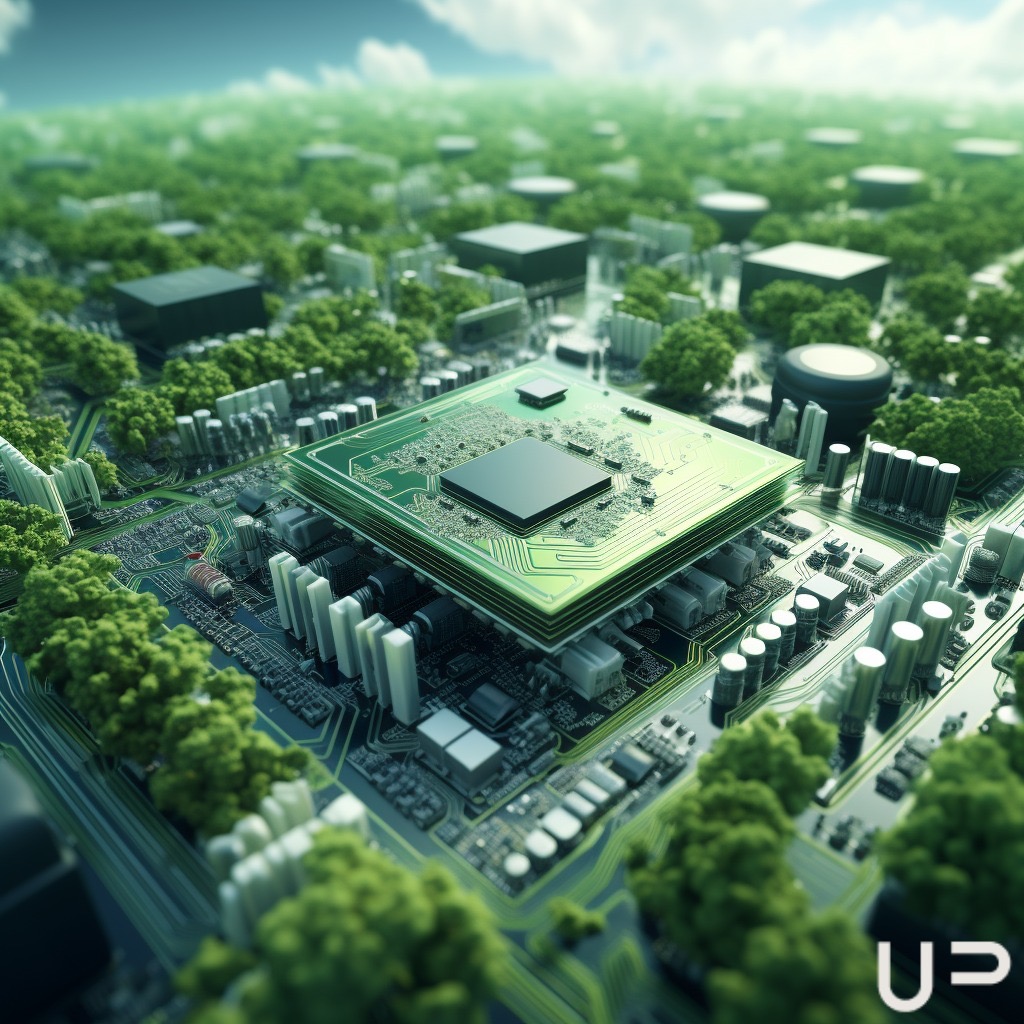Smart Cities: The Intersection of Urban Planning, Automotive, and High-Tech
Smart cities represent the future of urban living, where technology, automotive innovations, and urban planning converge to create environments that are more efficient, sustainable, and livable. This integration promises to transform every aspect of city life, from transportation to energy use, and environmental conservation. This article explores the role of smart cities at the intersection of urban planning, automotive advancements, and high-tech innovations.

Smart cities represent the future of urban living, where technology, automotive innovations, and urban planning converge to create environments that are more efficient, sustainable, and livable. This integration promises to transform every aspect of city life, from transportation to energy use, and environmental conservation. This article explores the role of smart cities at the intersection of urban planning, automotive advancements, and high-tech innovations.
- Intelligent Transportation Systems (ITS): Leveraging high-tech solutions, ITS improve traffic flow, reduce congestion, and enhance safety. Technologies like real-time traffic management systems, connected and autonomous vehicles, and smart parking solutions exemplify how automotive innovations contribute to smarter urban mobility.
- Energy Efficiency and Renewable Integration: Smart cities employ high-tech systems to optimize energy consumption and incorporate renewable energy sources. Smart grids, IoT-enabled buildings, and renewable energy storage solutions ensure energy is used efficiently, contributing to the reduction of the urban carbon footprint.
- Sustainable Infrastructure: High-tech and green technologies are being used to develop sustainable urban infrastructure. This includes green buildings, rainwater harvesting systems, and waste-to-energy plants, all designed with a focus on sustainability and resilience against climate change.
- Enhanced Public Services: The integration of technology in urban planning enables enhanced public services, from e-government platforms that improve access to municipal services to sensor-based environmental monitoring systems that track air and water quality, ensuring a healthier urban environment.
- Data-Driven Decision Making: At the core of smart cities is the use of data analytics and AI to inform urban planning and policy decisions. This approach allows for more responsive governance, with decisions based on real-time information and predictive modeling to better meet the needs of urban populations.
Smart cities embody the fusion of urban planning, automotive innovation, and high-tech advancements, offering a blueprint for the future of urban living. By harnessing the power of these intersecting sectors, cities can become more connected, sustainable, and resilient, enhancing the quality of life for their inhabitants. As we continue to innovate and integrate these technologies, the vision of smart cities becomes an increasingly tangible reality, promising a better urban future for all.






